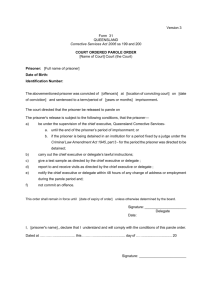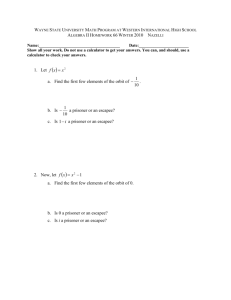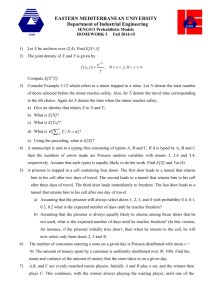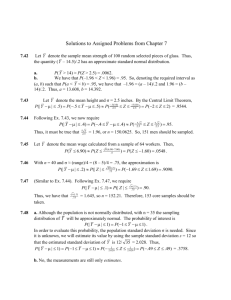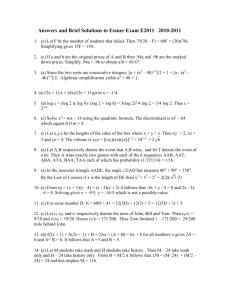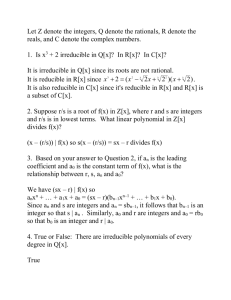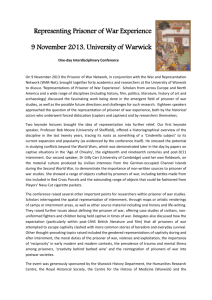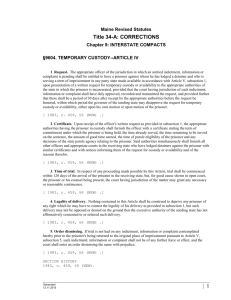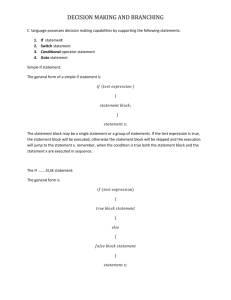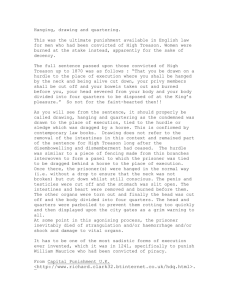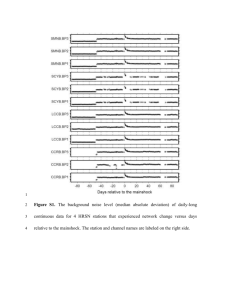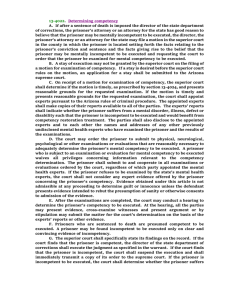Prisoner Paradox Solution
advertisement
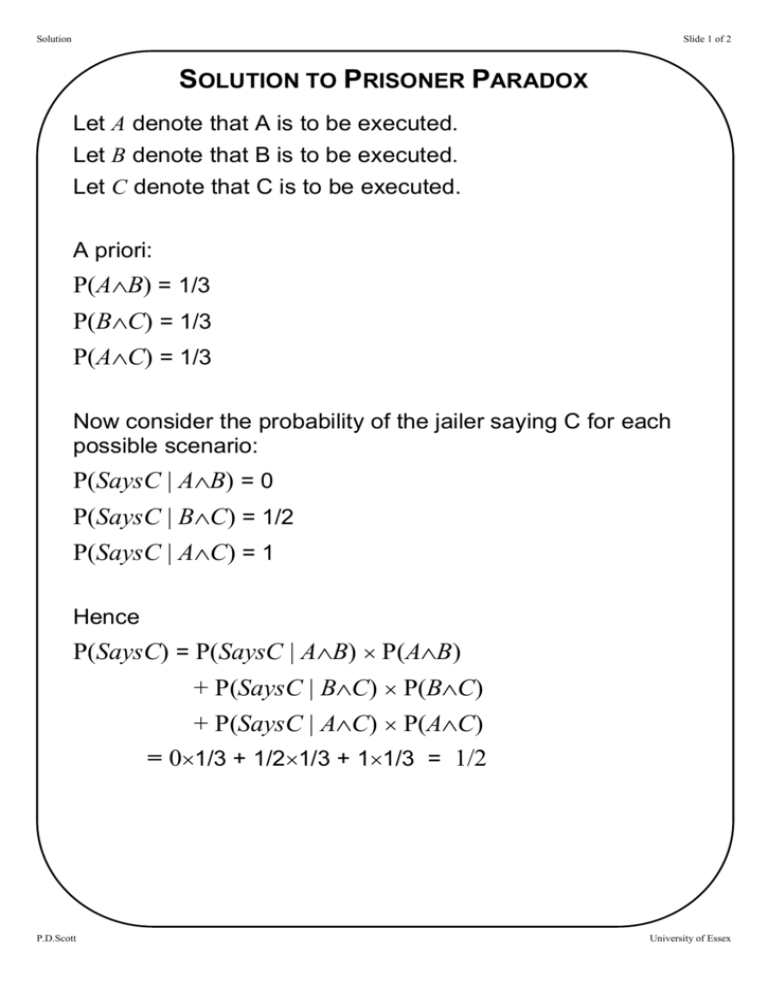
Solution Slide 1 of 2 SOLUTION TO PRISONER PARADOX Let A denote that A is to be executed. Let B denote that B is to be executed. Let C denote that C is to be executed. A priori: P(AB) = 1/3 P(BC) = 1/3 P(AC) = 1/3 Now consider the probability of the jailer saying C for each possible scenario: P(SaysC | AB) = 0 P(SaysC | BC) = 1/2 P(SaysC | AC) = 1 Hence P(SaysC) = P(SaysC | AB) P(AB) + P(SaysC | BC) P(BC) + P(SaysC | AC) P(AC) = 01/3 + 1/21/3 + 11/3 = 1/2 P.D.Scott University of Essex Solution Slide 2 of 2 Prisoner wants to know his chances of a pardon after the jailer has said C i.e. P(BC | SaysC) By Bayes Theorem P(BC | SaysC) = P(SaysC | BC) ( P(BC)/ P(SaysC) ) = (1/2 1/3) / 1/2) = 1/3 So the prisoner’s chances of a pardon have not changed. P.D.Scott University of Essex





